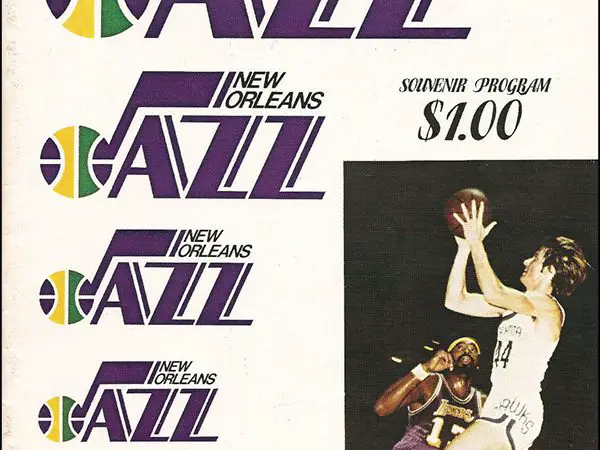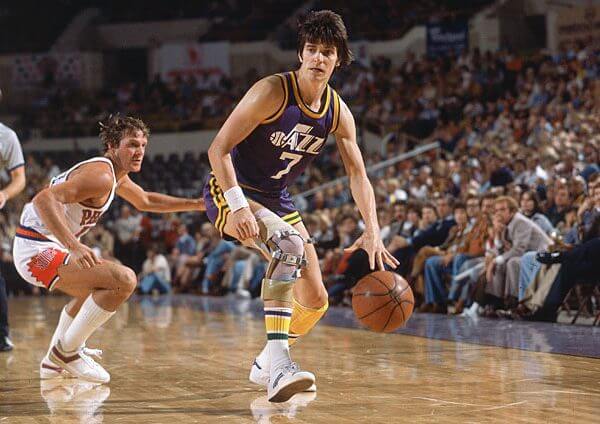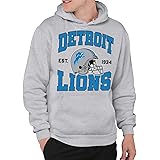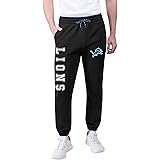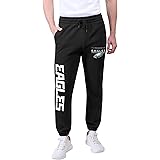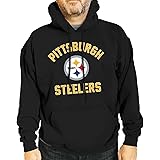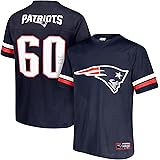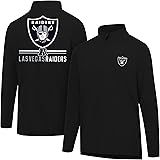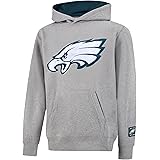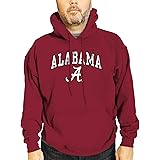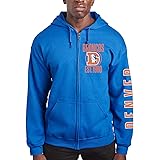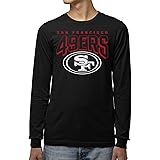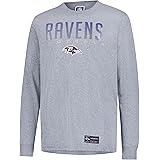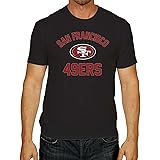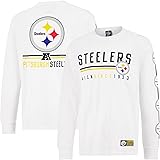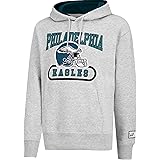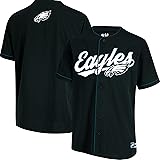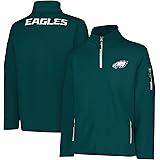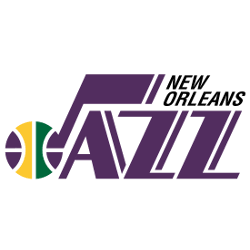
Established
1974
City
New Orleans – Salt Lake City
League History
1974 – Present / National Basketball Association
Team History
1979 – Present / Utah Jazz
1974 – 1979 / New Orleans Jazz
Nickname
Jazz – As any sports fan knows, the New Orleans Jazz is one of the most iconic teams in basketball. But did you know that their nickname has an interesting origin story?
New Orleans Jazz Origin
The team was founded in 1974 by a group of investors led by Larry Miller and Sam Battistone. At first, they were known as the New Orleans Buccaneers. But after just one season, it was decided to change their name to something more reflective of Louisiana's culture - jazz music.
The nickname paid homage to Louis Armstrong and Jelly Roll Morton, who helped popularize jazz music across America during the early 20th century.
This makes for a unique connection between basketball and music. It serves as an important reminder about Louisiana's influence on American culture over time - particularly its musical heritage.
From blues to rock & roll, country-western, and hip-hop – all these genres owe a debt of gratitude to musicians from The Big Easy like Fats Domino or Dr. John!
So next time you cheer on your beloved Pelicans (as they’re now called!), don’t forget that there is some serious history behind their original moniker: “New Orleans Jazz!”
Championship
NBA Championships 0
Arena
2023 - Present / Delta Center
2015 – 2023 / Vivint Smart Home Arena
2006 – 2015 / EnergySolutions Arena
1991 – 2005 / Delta Center
1979 – 1991 / Salt Palace
*New Orleans*
1975 – 1979 / Louisiana Superdome
1974 – 1975 / Municipal Auditorium & Loyola Field House
Owner
2020 - Present / Ryan Smith
2009 – 2020 / Greg and Gail Miller
1986 – 2009 / Larry Miller
1985 – 1986 / Sam Battistone and Larry Miller
1974 – 1985 / Sam Battistone
- 1974
- 1974
- 1979
-
New Orleans Jazz Team Formation
On March 7, 1974, New Orleans became the 18th member of the NBA as a nine-man group headed by Fred Rosenfeld and Sam Battistone paid $6.15 million for the expansion franchise. Then on May 3, 1974, Pete Maravich was acquired by trade from Atlanta, becoming the first player in franchise history. That spring, a contest was held to name the ... -
Trade for “Pistol” Pete Maravich
In the summer of 1974, an expansion franchise was preparing for its first season of competition in the NBA. The New Orleans Jazz was looking for something or someone to generate excitement among their new basketball fans. With his exciting style of play, Maravich was seen as the perfect man for the job. Additionally, he was already a celebrity in ... -
New Orleans not Viable
Despite being barely competitive, the Jazz drew well during their first five years. However, by 1979 the franchise was sinking financially. Barry Mendelson, the team’s executive vice president for most of the early years, said one factor in the financial trouble was an 11 percent amusement tax, the highest in the U.S. at the time. The team also could not ...
To qualify as the greatest player for this team, the player must have played one season for this team. If not, we will remove the player.
* verifies that player has played for this team as an added player by a fan.
New Orleans Jazz History
The New Orleans Jazz history begins with the team’s founding in 1974 as an expansion franchise aimed at bringing professional basketball to Louisiana. The New Orleans Jazz NBA franchise was known for its entertaining style of play and its passionate fan base. Despite financial difficulties and a challenging start, the team quickly became a notable presence in the league.
During the early years of the New Orleans Jazz history, the team struggled to find consistent success. They never actually reached the Western Conference Finals in their first season but did showcase star talent with the arrival of “Pistol” Pete Maravich in 1974. Maravich became the face of the New Orleans Jazz NBA franchise, leading the league in scoring in 1976–77 and setting numerous team records. However, poor attendance and financial losses forced the team to look for a new home.
In 1979, the franchise relocated to Salt Lake City, officially becoming the Utah Jazz, while still carrying its distinctive name from the New Orleans Jazz history era. The move marked a major transition, and the team slowly built a competitive core. With Karl Malone and John Stockton leading the charge in later years, the Jazz became perennial playoff contenders in the NBA.
Jazz Achievements
The legacy of the New Orleans Jazz history includes multiple individual achievements and notable milestones. Pete Maravich’s scoring feats, the team’s draft acquisitions, and their ability to survive relocation all remain key parts of this narrative. Though they never reached the NBA Finals as the New Orleans Jazz NBA team, their years in Louisiana set the stage for the future success of the Utah Jazz, which would go on to reach back-to-back NBA Finals in 1997 and 1998 and maintain one of the league’s most consistent winning cultures.
Sports Fan Products
Retired Number
1 / Frank Layden
4 / Adrian Dantley
7 / Pete Maravich
9 / Larry H. Miller
12 / John Stockton
14 / Jeff Hornacek
32 / Karl Malone
35 / Darrell Griffith
53 / Mark Eaton
1223 / Jerry Sloan
– / “Hot” Rod Hundley
*Blue is this team’s history

